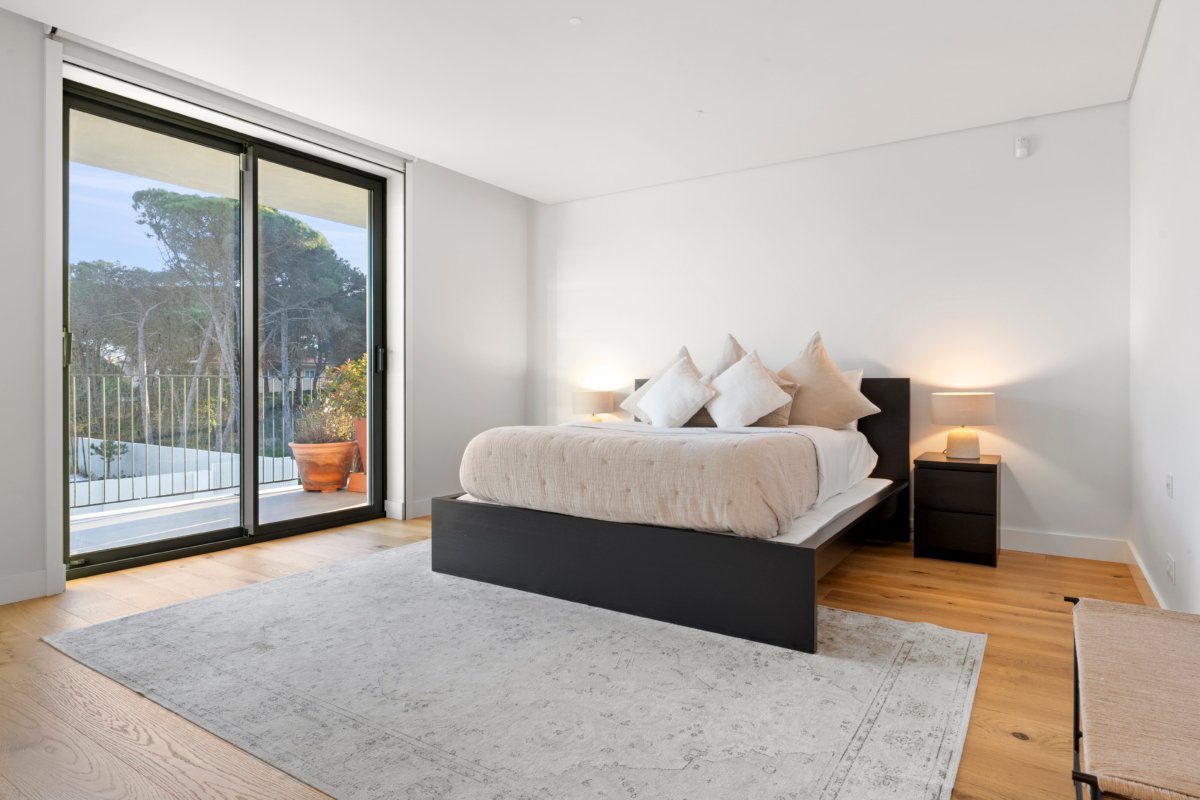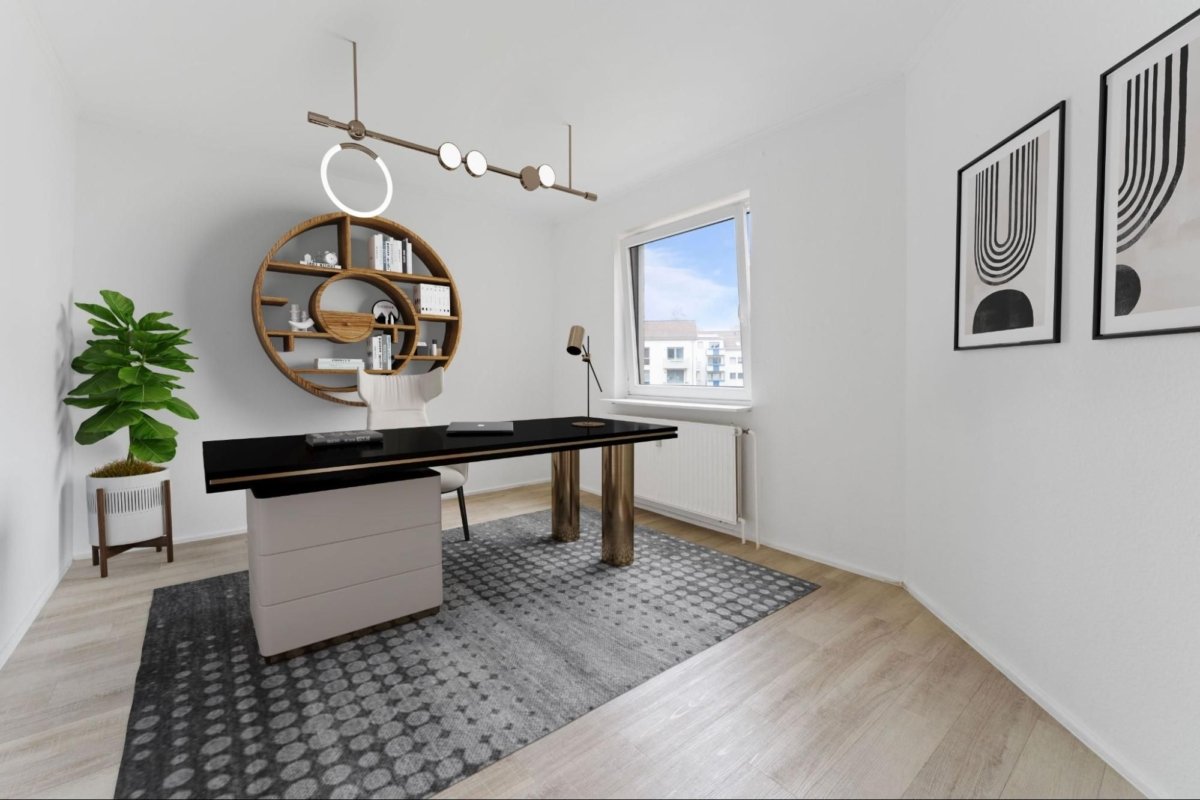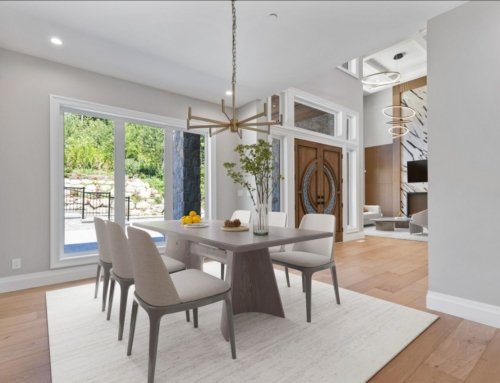
Top 5 Benefits of Virtual Staging: The Secret to Creating Dream Homes
In today’s fast-paced real estate market, first impressions are everything. Buyers make quick judgments based on the visuals they see in property listings, and those judgments can greatly influence whether or not they decide to schedule a viewing. As a result, real estate professionals are always searching for ways to make homes look their best in photographs. Traditional home staging—where physical furniture and décor are arranged in a home—has long been a popular option, but it can be costly, time-consuming, and sometimes impractical.
Enter virtual staging, a game-changing solution that is quickly becoming the secret weapon for real estate agents and sellers looking to create dream homes without the hefty price tag. Virtual staging allows you to digitally furnish and decorate empty or sparsely furnished properties, offering a highly effective way to showcase the full potential of a space. In this article, we’ll explore the top 5 benefits of virtual staging and why it’s transforming the way properties are marketed.

Virtual Staging
1. Cost-Effective and Budget-Friendly
Traditional home staging can be an expensive endeavor. From renting furniture to hiring staging professionals and arranging for delivery, costs can quickly add up—often running into thousands of dollars. For homeowners and real estate agents working within a limited budget, virtual staging is a much more affordable option.
With virtual staging, you don’t have to worry about purchasing or renting physical furniture, nor do you need to pay for the labor involved in setting up and removing items. Instead, you simply photograph the empty home, and a digital designer adds virtual furniture and décor to the images. The result? Beautiful, professionally staged photos at a fraction of the cost.
Cost Comparison:
- Traditional staging: $1,500 to $5,000 (or more, depending on the size and duration)
- Virtual staging: $50 to $150 per room
By choosing virtual staging, you can invest your marketing budget in other areas, such as advertising or professional photography, all while getting stunning results.
2. Faster Turnaround Time
Traditional staging can take several days to arrange, with furniture delivery, setup, and removal consuming both time and resources. Virtual staging, however, is completed much more quickly. Once you’ve captured high-quality photos of the property, the digital staging process can typically be finished within 24 to 48 hours, allowing you to list the property online much faster.
This quick turnaround time is especially valuable in the fast-moving real estate market. Sellers can capitalize on the latest trends and make sure their listings are live as soon as possible, attracting more attention from buyers and increasing the chances of a quick sale.
3. Helps Buyers Visualize the Full Potential of a Space
One of the greatest challenges in real estate is helping buyers imagine themselves in a property—especially when it’s empty. A vacant home can feel cold, lifeless, and hard to envision as a cozy, comfortable living space. Virtual staging solves this problem by providing potential buyers with a clear vision of what the space can look like when it’s furnished.
Whether the home is an empty shell or has outdated furniture, virtual staging brings life to every room. By digitally adding contemporary furnishings, art, and décor, virtual staging helps buyers see the potential of the property and visualize how it would look when they move in. For homes that may need a little extra imagination, such as fixer-uppers or homes with an unconventional layout, virtual staging can be especially helpful in demonstrating how the space can be transformed.
How Virtual Staging Boosts Visualization:
- Furniture Placement: Helps buyers understand how large furniture items fit in a space.
- Styling: Shows how the home can be decorated, giving buyers ideas for their own style.
- Flow and Functionality: Demonstrates how different rooms can be used for various purposes, such as home offices, gyms, or guest rooms.
4. Flexibility to Tailor Designs to Buyer Preferences
Traditional staging often involves setting up a fixed style or theme, which may not appeal to all buyers. The furniture you choose to stage a home may not reflect the preferences of potential buyers, and making changes to that furniture is not always easy. With virtual staging, however, you can create multiple versions of the same room, each designed to cater to different tastes.
For example, you can virtually stage a living room with modern, minimalist furniture for one listing, then switch it to a cozy, farmhouse-inspired design for another. This flexibility allows real estate professionals to target various types of buyers with the same property, making it easier to appeal to a wide range of preferences. Whether you want a chic, contemporary look or a more traditional aesthetic, virtual staging can accommodate it all.
Customizable Options:
- Contemporary or modern furniture
- Mid-century, bohemian, or rustic styles
- Different color schemes and room layouts
Virtual staging enables you to fine-tune the style of the home without the cost or hassle of physically changing the décor, making it an incredibly versatile tool for real estate marketing.
5. Boosts Online Engagement and Attracts More Buyers

Virtual Staging
In the digital age, most home buyers begin their search online, where listings are filled with high-quality photos and eye-catching visuals. A well-staged home stands out in online listings, drawing the attention of potential buyers and generating more interest. Properties with virtual staging are more likely to be shared on social media, attract more clicks, and receive higher engagement.
Research has shown that homes with virtually staged images receive significantly more views than those without. The realistic, appealing photos make it easier for buyers to emotionally connect with the property and imagine themselves living there. This emotional connection often translates into more showings, and ultimately, a quicker sale.
Virtual Staging Impact:
- Homes with virtually staged images tend to sell 20% faster than those with non-staged photos.
- Listings with virtual staging receive more online views and interactions, leading to increased buyer interest.
By investing in virtual staging, real estate professionals are better positioned to stand out in a crowded market, attract more leads, and close deals faster.
Conclusion
Virtual staging is revolutionizing the way real estate properties are marketed, offering a wide range of benefits for both sellers and real estate agents. From its affordability and quick turnaround to its ability to help buyers visualize the potential of a property, virtual staging is proving to be an indispensable tool in the modern real estate industry.
Whether you’re selling a vacant home, a property with outdated furniture, or simply want to create an attractive visual story for your listing, virtual staging can make a significant difference. Its flexibility, cost-effectiveness, and ability to boost online engagement make it a powerful solution for showcasing dream homes in a way that appeals to a wide range of buyers.
In today’s competitive real estate market, virtual staging is not just an option—it’s a secret weapon that can help you sell homes faster and for higher prices. So, if you’re ready to transform your listings and make your properties shine, virtual staging might just be the solution you’ve been waiting for.
Contact me for the best real estate photo editing service.


